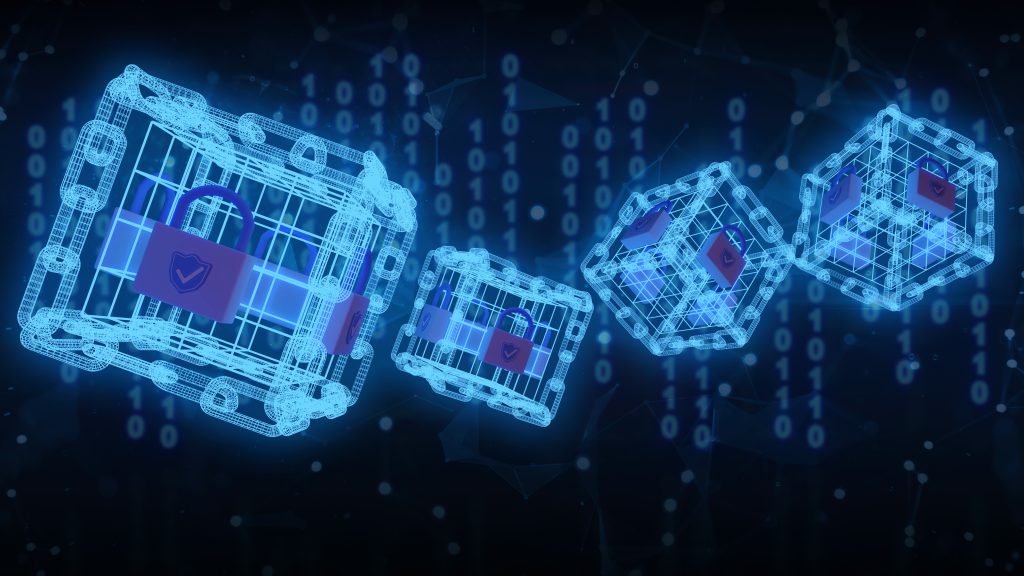What Is Sharding in Crypto?
Sharding is an innovative technique used to partition databases and scale blockchain networks. By dividing the network into smaller segments called shards, it enables parallel processing and increases overall throughput. Sharding, in terms of crypto, has become particularly relevant in the context of Ethereum 2.0, where it plays a crucial role in addressing the limitations of the current Ethereum 1.0 network.
How Sharding Works


In a traditional blockchain network, every node stores and processes the entire transaction history and the current state of the network. As the network grows and the number of transactions increases, this approach can become inefficient and slow, limiting the overall throughput and scalability of the network.
Sharding tackles this issue by dividing the network into smaller, interconnected shards. Each shard contains its own independent state and transaction history. This division of labor allows for parallel processing, where multiple shards can validate and process transactions simultaneously, significantly increasing the overall throughput of the network.
Essentially, the network does not require every node to validate each transaction, which would unnecessarily strain nodes and slow down the network. Instead, the network compartmentalizes the work across different shards. The network partitions the blockchain databases horizontally, which means that it splits different shards based on their characteristics. For instance, some shards can be responsible for storing transactions of a specific type, while other shards can be divided based on the type of crypto asset they store.
The result is a more efficient and scalable network, as not every node is responsible for confirming each transaction. This drastically reduces a blockchain’s workload and increases its speed.
Benefits of Sharding in Crypto
Sharding brings several key benefits to blockchain networks:
- Scalability: By allowing parallel transaction processing, sharding dramatically increases the network’s transaction throughput, making it more scalable and capable of supporting a larger number of users and applications.
- Decentralization: Sharding reduces the resource requirements for individual nodes, enabling more participants to join the network and contribute to its security and decentralization.
- Efficiency: By distributing the workload among multiple shards, the network becomes more efficient and can handle a higher volume of transactions with lower latency.
How Secure Is Sharding?
While sharding has its advantages to the crypto community, critics have raised concerns about its potential impact on network security. Shards could be vulnerable to attacks and reduce network security. For example, a hacking attack may take over a shard and introduce false transactions, which can create confusion among shards over the veracity and validation of the data.
To address these concerns, networks like Ethereum 2.0 implement additional security measures, such as connecting shard chains to a main chain (Beacon Chain) that oversees the coordination and finality of all shard transactions. The Beacon Chain maintains the overall security of the network while the shard chains handle the increased transaction load.
Sharding in Ethereum 2.0


Ethereum 2.0 aims to leverage sharding to enhance its scalability and boost the network’s transaction processing capacity. In the future, the network will incorporate 64 distinct sharded chains, each with specific roles, significantly alleviating the burden on Ethereum’s primary network, the Beacon Chain. This way, Ethereum has taken one of the next steps in its scaling roadmap by implementing sharding.
It’s important to note that sharding is just one part of Ethereum 2.0’s broader vision to create a more scalable, secure, and eco-friendly blockchain network. In combination with the transition to Proof of Stake and the development of layer 2 scaling solutions, sharding plays a pivotal role in helping Ethereum reach its full potential as a decentralized platform for the future.









